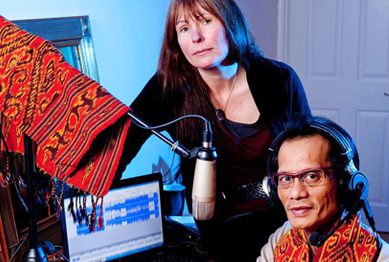The RM60 billion rail link bailout that wasn’t

LSSReport
Today, the Sarawak Report has accused the government of inflating the cost of the East Coast rail projectfrom RM30 billion to RM60 billion in order to “bail-out” Jho Low and 1MDB – complete with dodgy looking documents.
The PM’s ‘cunning plan’ is to get the Malaysian Government to agree to inflate the actual cost of the East Coast Rail Project from only RM30 billion to RM60 billion, all to be borrowed from the Chinese Government, in order to disguise the payment of 1MDB’s (and Jho Low’s) company debts!
The East Coast Rail Link (ECRL) is a long-planned project that was put under the 11th Malaysian plan which will link Kuala Lumpur and three east coast states in Peninsular Malaysia. It is 620km long involve a “significant amount of underground tunnelling”. The East Coast Economic Region Development Council has established that a rail route connecting the major ports, business centres and towns in Pahang, Terengganu and Kelantan was vital to achieve growth in the region.
1. The project was already projected to cost RM60 billion (not RM30 billion as alleged by Sarawak Report) many years ago.
18 April 2013 East Coast Rail Line May Cost RM60 Billion
9 October 2013 Rail-related projects to create oasis of opportunities
2. The RM60 billion price tag does not seem to be over-priced
Another project that gives us a guide on the pricing is the the Gotthard Base Tunnel which is a railway base tunnel through the Alps in Switzerland. It opened on 1 June 2016 with full service to begin in December 2016. With a route length of 57.09 km, this rail tunnel was completed at a cost of more than USD12 billion (RM48 billion).


